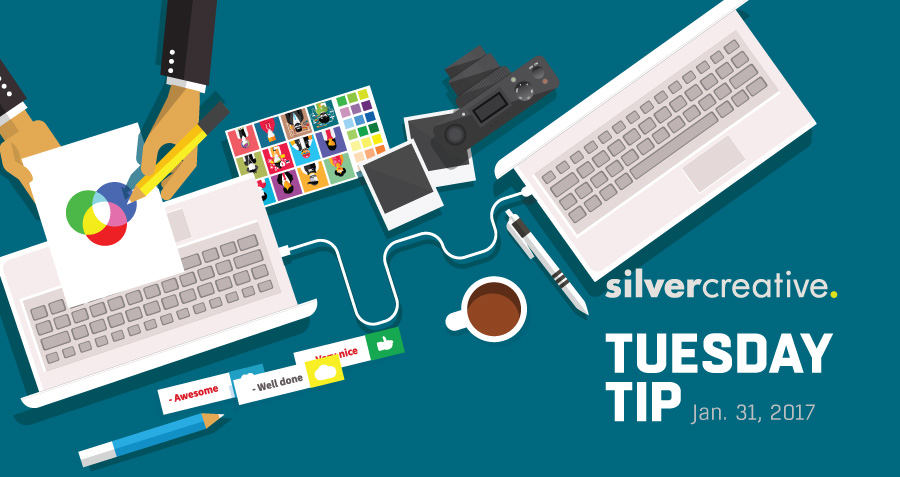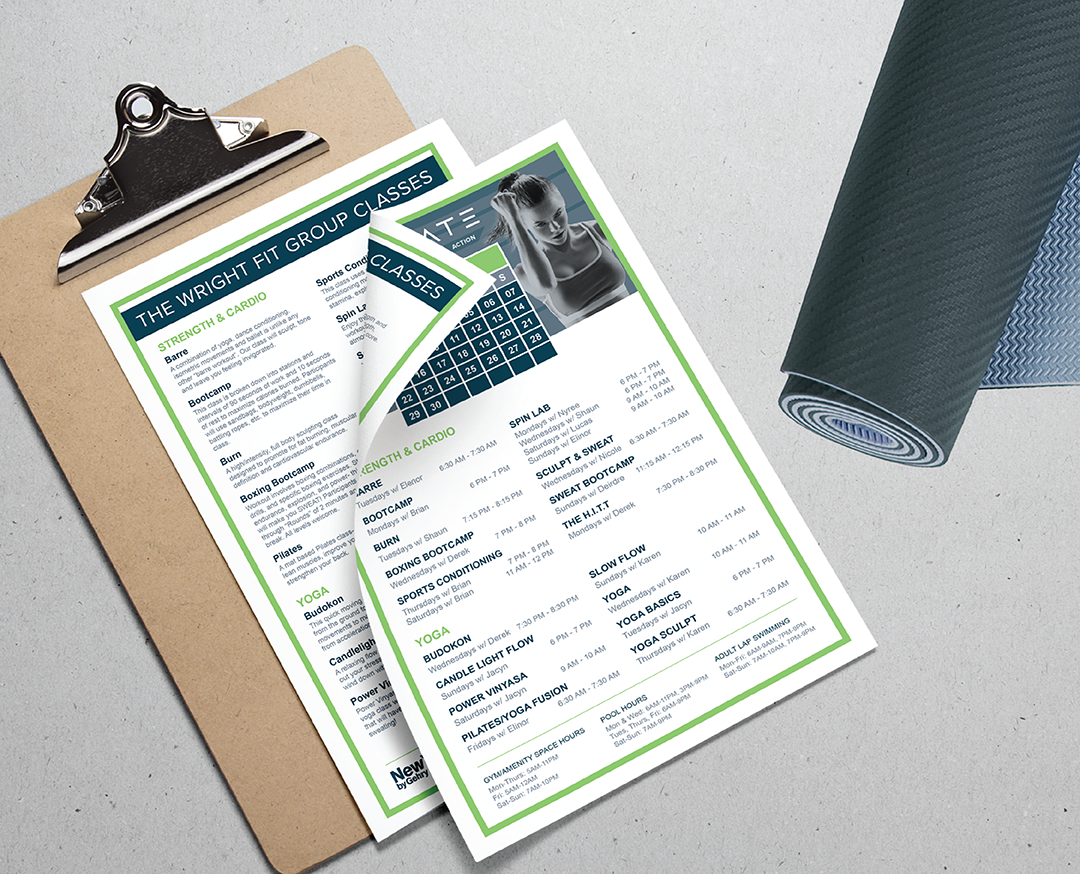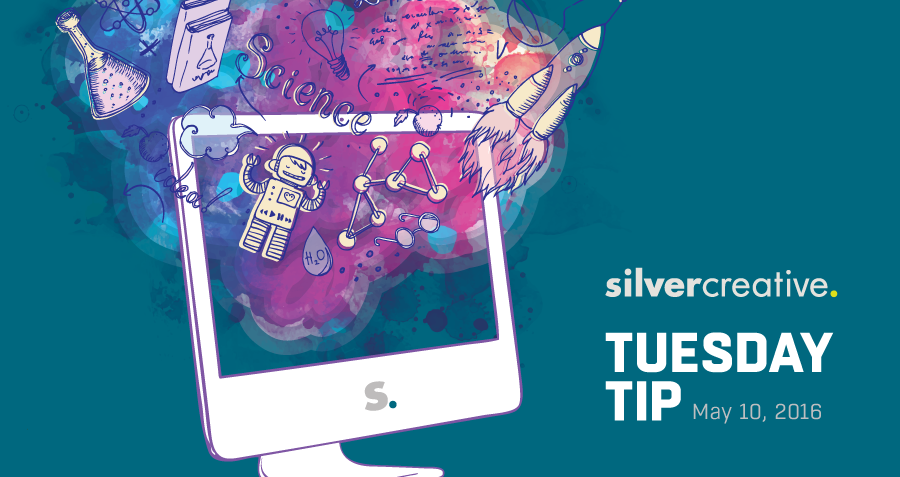
Today, design is more accessible than ever. Stores like Target, Wayfair and West Elm make design a part of everything they offer that sways consumers to shop with them at a premium over stores like Wal-Mart or Sears. There are TV shows, magazines and mobile apps about designing and remodeling your home. It’s clear that mainstream audiences respond to thoughtful design, because it has become a symbol of a luxury lifestyle, good taste and quality living.
At the same time design has become marginalized. You can buy a logo for $99, or maybe even get it for free. The power of computing today gives anyone with a laptop, tablet or even phone the ability to design. You can even make a website without knowing any programming. But this accessibility may be creating the impression that good design is easy and instantaneous.
As a design agency and brand consultancy where does this put us? Appreciated, but not valued?- well not exactly. When clients come to us for advice and creative services, what are their expectations and their demands? How much are they willing to pay?
Ultimately, design is much more than just a few clicks of a mouse. Our branding process includes understanding the product, the target market, distribution channels, pricing and so on, to clearly establish what the product is and where it falls in the marketplace. We spend time identifying the core values, defining the product characteristics, mapping out the personality traits and developing the voice and tone of the brand. This process allows the consumer to have both an emotional connection with the brand and clearly understand its key selling point. We often say that our creative needs to address the head and the heart. The head wants to know the facts and the heart wants to feel. If we do both in our creative, we win.
Our designers take all of this strategic direction and they apply it to their design process. They look for ways in which to communicate elements of the brand that may be subtle, or may be overt depending on their importance. They combine textures, fonts, colors, images, words and other visual graphics to convey a mood and a message.
In summary, design is more than a logo. Design has strategy elements. Today, people appreciate good quality design, and they want to indulge in small special experiences that elevate their everyday. We strive to provide creative branding services that communicate the value of the product we are selling in a meaningful and relevant way that consumers will appreciate.



